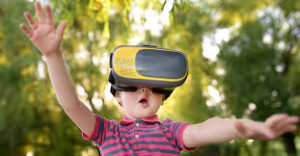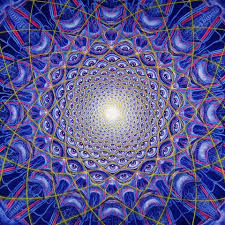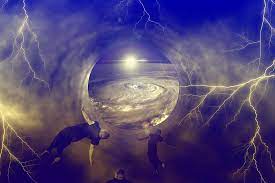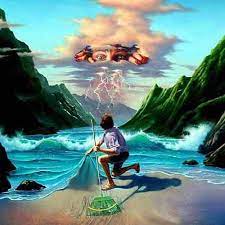HYPOTHESIS: The intuitive senses may be strengthened through use.

And so what are these Inner Senses? Briefly, they are both the creators and the perceiving apparatus of our world. In our Third-Dimensional existence, we create out of Consciousness Units our physical realities, and then instantaneously perceive our creations as a form of feedback of this endeavor, the creations of the worlds.

In past Blogs I have often informed of our god status. It is difficult for us humans to take seriously this talk of godlike abilities, for many of us have been indoctrinated by our various religions to be meek, to be mild, to obey. And as I have stated in my previous blogs, after transferring our power to our religions, we then transferred our power to our governing institutions and to our scientists.

What I suppose here in this blog is that we are not meek, mild and obedient unless we truly wish to be so. We are whoever we THINK we are and we have the power in this moment to completely change who we are. That is because YOU are at the center of your world as the ultimate creative force. With the energy of All That Is, we as co-creator do indeed manifest from our beliefs and ideas of what is possible, our perceived reality.
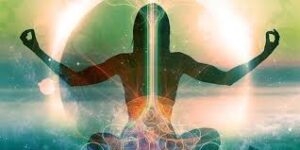
Now, without further lecturing, we will give a short description of the experiment. It builds upon a short described in my earlier blogs in which I asked the Blog Reader to get a sense of the wonder of their own Personal Reality. Here we will take it further. We will be taking the senses back into the inner world.

As I suggested , the physical senses grew out of the Inner Senses, of necessity, to perceive the exterior, physical Universe. The Inner Senses from which these outer, physical senses were derived, are awaiting our discovery and use within our mental environment.

PERFORM YOUR RITUAL OF SANCTUARY
We have several physical senses: sight, hearing, taste, touch and smell. Our Senses are complementary to these out senses, yet they go beyond the physical senses in capabilities.

For example: let us get a feel for the Inner Sense that may be a complement to the outer sense of sight. You may relax a bit for this experiment, yet you needn’t close your eyes. We will be relying on your sense of physical sight to conduct this experiment.

With the eyes open, yet with the relaxation and contentment that comes with the state of Sanctuary you are embodying, can you see the deeper, perhaps symbolic meanings entailed in Personal Reality Field? Remember here: everything in your field of perception is a reflection of an interior reality.

As you consider this statement, you may find that your visual field begins to swirl a bit, as the etheric blends with the exterior. Go with this flow of blending transformation for a few moments until you have observed noteworthy findings. Gradually come back to your physical perceived world. Naturally you may experiment further with the compliments to the other senses to gain more information.
FINDINGS– Document your findings













